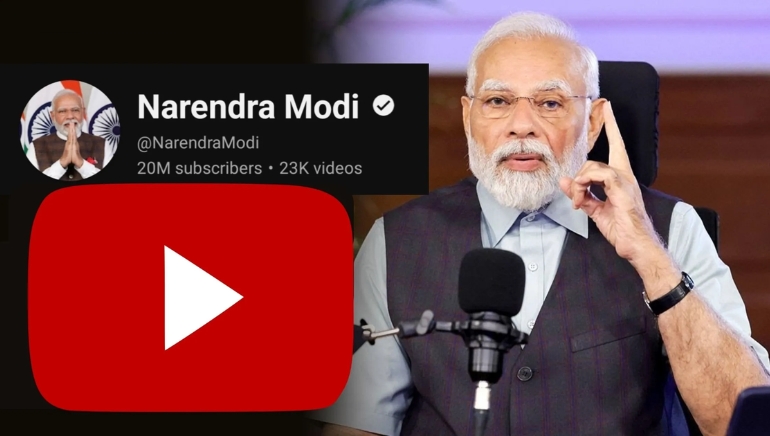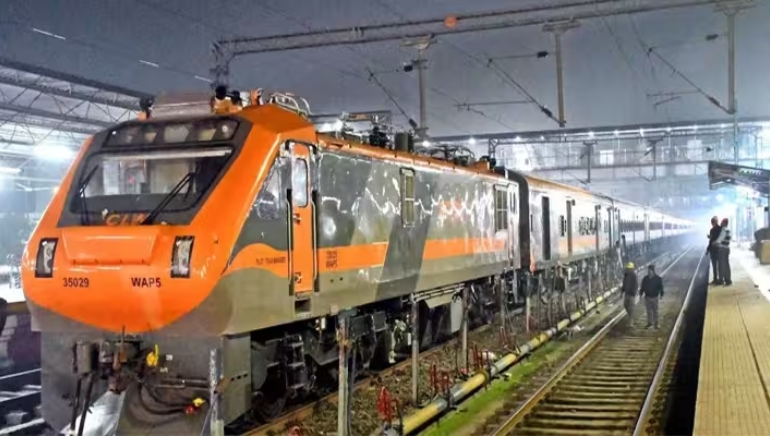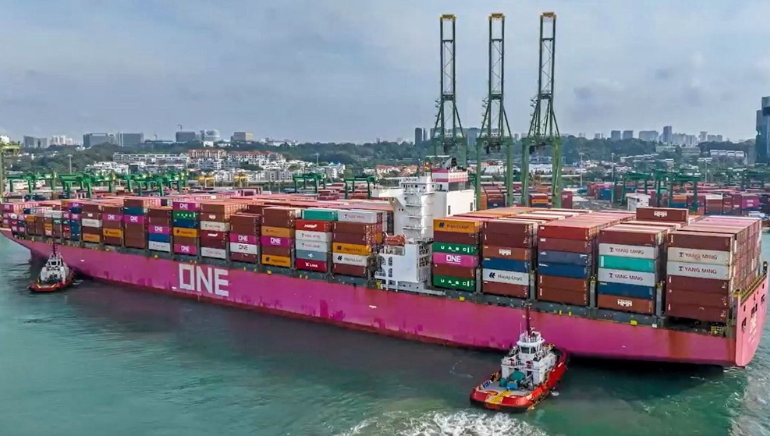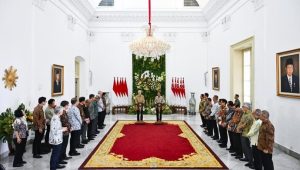In a stunning display of skill and resilience, KL Rahul etched his name in the annals of cricket history by becoming the first-ever visiting cricketer to score two Test centuries in Centurion. The Indian opener’s remarkable feat unfolded during the second Test match against South Africa, as he showcased impeccable technique and unwavering focus to leave an indelible mark on the iconic venue.
Rahul’s stellar performance not only showcased his batting prowess but also demonstrated his adaptability to challenging conditions. Centurion, known for its bouncy and pacy wickets, has often been a testing ground for visiting batsmen. However, Rahul’s innings exuded class and determination, dismantling any preconceived notions about the difficulty of batting at this venue.
The first century proves Rahul’s ability to anchor an innings. Displaying a wide array of shots, he navigated the South African bowling attack with grace and precision. His innings provided the Indian team with the stability needed to lay a solid foundation, setting the stage for a formidable total.
The second century, however, was more than just a continuation of his earlier brilliance – it was a masterclass in resilience. Facing a relentless South African bowling attack and challenging conditions, Rahul showcased his mental fortitude. His innings was a blend of caution and aggression, illustrating his ability to adapt to the demands of Test cricket.
KL Rahul’s remarkable performance in Centurion will undoubtedly inspire future generations of cricketers. It serves as a reminder that with skill, determination, and an unyielding spirit, boundaries can be conquered, even in the most formidable of cricketing arenas.
























